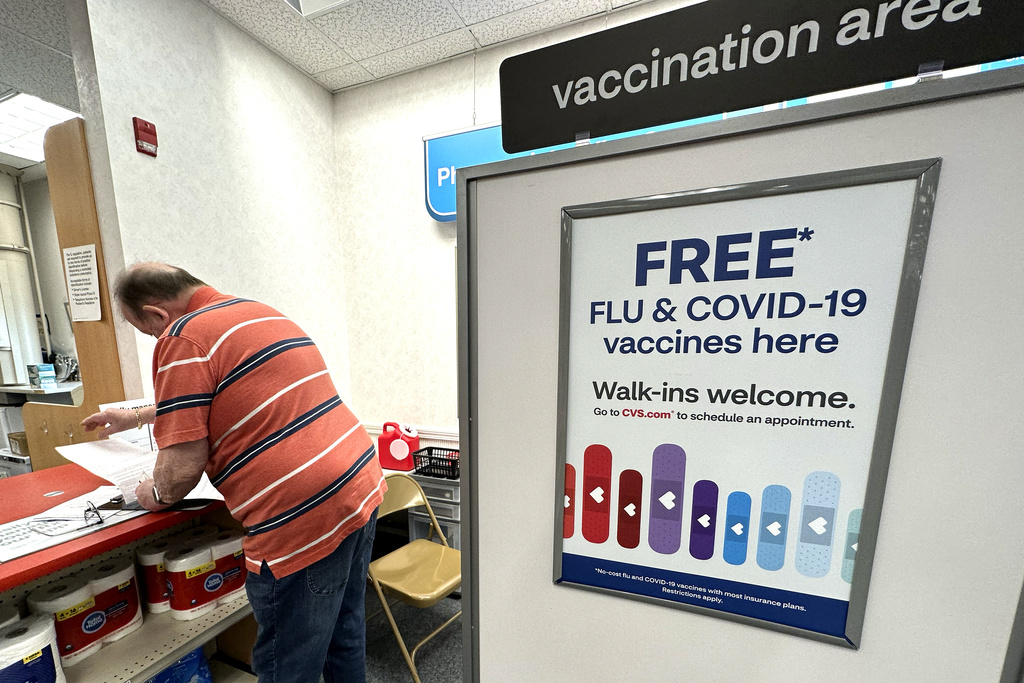If you've ever used a website to book an appointment, an app to message your doctor or had your medical provider send your health records to another online, those are all examples of digital health.
But in a world of algorithms and AI, digital health leaders say technology can do more to help cancer patients.
When Angie Wynacht learned she had invasive ductal carcinoma, the most common type of breast cancer, worries raced through her mind.
"I have two teenage children. And who's going to raise them? Am I going to survive this?" said Wynacht.
She was getting a number of medical bills she describes as overwhelming, and was driving one to two hours to see an oncologist and a breast cancer surgeon.
"The city that I live in has probably around 3,000 people. I wasn't sure about getting treatment, how I would make that happen, what the distance was going to be, where the best facility would be," she said.
Her insurance through her job included a benefit outside of her regular medical coverage: Cancer care from digital health company Carrum Health.

What is hospital-at-home, and what's the debate about it?
The model is part of health care in other countries. But critics warn that more regulation is needed before it is widely adopted in the U.S.
Employers use it to purchase surgery and cancer services directly from the top 10% of providers for a bundled price. Carrum handles the care logistics.
For Wynacht, it meant a case manager to answer her questions and schedule anything she needed. It also meant traveling to City of Hope for a second opinion and surgery. She and a caregiver stayed in a hotel seven minutes away. She didn’t have a bill. She didn’t have a co-pay.
Jennifer Goldsack heads up the nonprofit Digital Medicine Society.
"Health care, an industry where the business is caring for people, we've been slow to embrace digital tools," said Goldsack.
She says digital health doesn’t just mean making it easier for the patient, it can also improve access to clinical trials. Plus, help patients after surgeries or treatments like radiation or chemotherapy.
"Digital can help connect patients with peer support groups, can help them navigate and keep track of where they need to be with reminders that can really reduce the burden of that lifetime journey," said Goldsack.
As for Wynacht, she is about to begin chemo and will be on two other cancer drugs over the next year. But she’s remaining positive.
"I'm just hoping that I can remain healthy, if possible, through my chemotherapy journey," said Wynacht.
Some patients are still a bit slow latch on to digital health. According to a 2022 National Cancer Institute survey, only about half of American adults reported having ever been offered online access to a patient portal.











